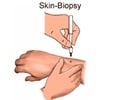- Dermatomyositis - (http://www.mayoclinic.org/diseases-conditions/dermatomyositis/basics/definition/con-20020727)
- About Dermatomyositis - (http://en.wikipedia.org/wiki/dermatomyositis)
About
Dermatomyostitis (DM) is an uncommon, inflammatory disease affecting connective tissues. It is characterized by symptoms such as skin rashes and muscle weakness.
Dermatomyostitis is closely related to polymyostitis, which is a condition resulting in chronic inflammation of the muscles. DM is also a systemic condition as it affects the joints, lungs, esophagus and, sometimes, the heart. Patients with DM experience periods of remission and during this period almost all the symptoms disappear.
DM affects both children (appears during ages 5-15 years) and adults (appears during late 40s –early 60s). The condition is more common in females than in males.
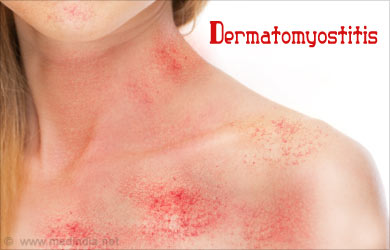
The exact cause of dermatomyostitis is unknown, but it shows certain characteristics of an autoimmune disorder in which the body recognizes itself as a foreign object and launches a self- attack. The small blood vessels of the muscles are particularly targeted; inflammatory cells surround these vessels, eventually leading to muscle damage.
Signs and symptoms
Signs and symptoms of dermatomyostitis are seen on the skin and in the muscles. They include -
- Bluish-purple patchy discolorations, which may often the first sign of dermatomyostitis.
- Violet-colored or dusky red rash seen mostly on the face, eyelids, areas around your nails, knuckles, elbows, knees, chest and back.
- Muscle weakness involving muscles on both sides of the body (closest to the trunk area) in the hips, thighs, shoulders, upper arms and neck. The weakness is progressive and gradually worsens
- Difficulty in swallowing (dysphagia)
- Muscle pain / tenderness in the muscles
- Fatigue
- Weight loss
- Fever
- Hardened deposits of calcium beneath skin (calcinosis), (especially in children)
- Gastrointestinal ulcers and intestinal perforations (mostly in children)
- Lung -related problems
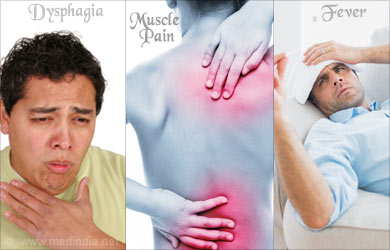
A person with dermatomyostitis is at an increased risk to suffer from any of the following conditions -
- Raynaud's phenomenon in which cheeks, nose, ears, fingers and toes turn pale on exposure to cold
- Other connective tissue diseases such as lupus, rheumatoid arthritis, scleroderma and Sjogren''s syndrome
- Cardiovascular disease such as inflammation of heart muscles (myocarditis), arrhythmias and congestive heart failure.
- Interstitial lung disease which causes inelasticity and scarring (fibrosis) of lungs
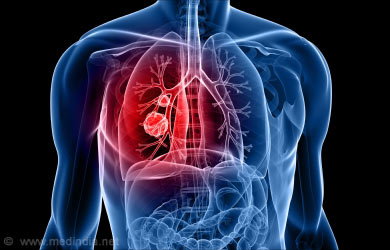
- Cancer of cervix, lungs, pancreas, breasts, ovaries and gastrointestinal tract
- Premature or still births in pregnant women
Diagnosis
Dermatomyostitis is easily recognized because of the skin rashes. However, doctors may order the following tests to confirm the diagnosis of dermatomyostitis -
- Magnetic resonance imaging (MRI) - This imaging study helps to create cross-sectional images of the muscles using powerful magnetic field and radio waves.
- Electromyography - A thin needle electrode is inserted into the muscle through the skin and electrical activity is measured to confirm the disease. Different muscles can be subject to this test to evaluate the distribution of the illness.
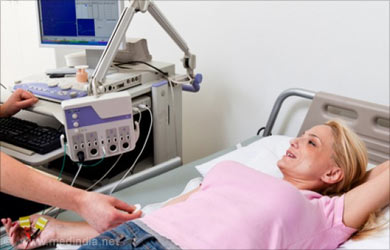
- Biopsy- Muscle biopsy and skin biopsy may be done to diagnose dermatomyostitis. If skin biopsy confirms the disease, then muscle biopsy may not be necessary.
- Blood analysis - A blood test may be ordered on patients to diagnose dermatomyostitis. Increased levels of creatine kinase (CK) and aldolase indicates muscle damage. Auto antibodies, which are antibodies directed at the self.
Treatment
Dermatomyostitis treatment must focus on improving the functioning of skin and muscles. It must be started at the earliest to bring about maximum effect and lesser complications. The disease has no cure.
A combination of treatment modalities have been employed by doctors to deal with the disease. Corticosteroids, particularly prednisone, has always been the primary mode of treatment. High doses of oral medications may be prescribed initially which may then be reduced, as long- term medications may have side-effects. Supplements such as vitamin–D may be prescribed to combat side effects.
Corticosteroid-sparing agents, intravenous immunoglobulin and other immune suppressive medications may also be prescribed. Skin ointments to be topically applied on the skin may also be prescribed.
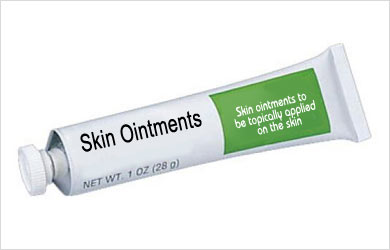
 MEDINDIA
MEDINDIA
 Email
Email


